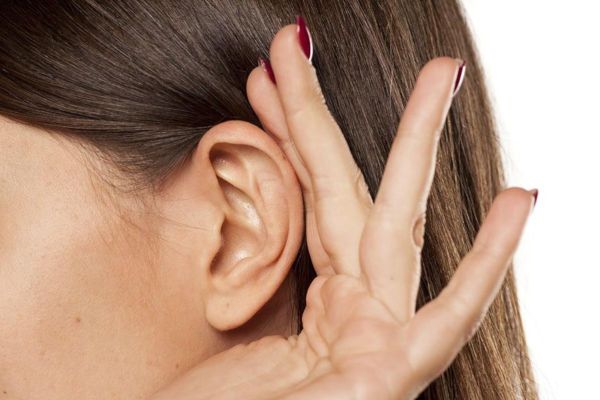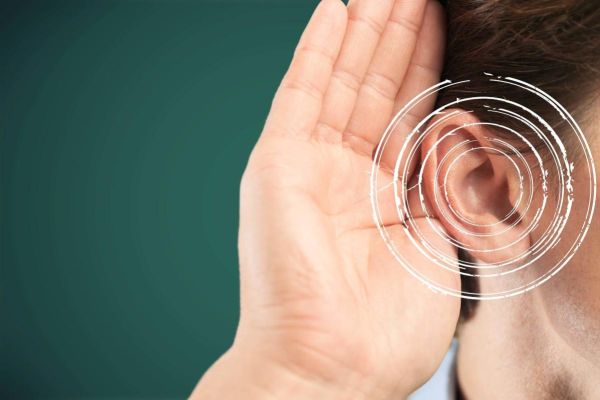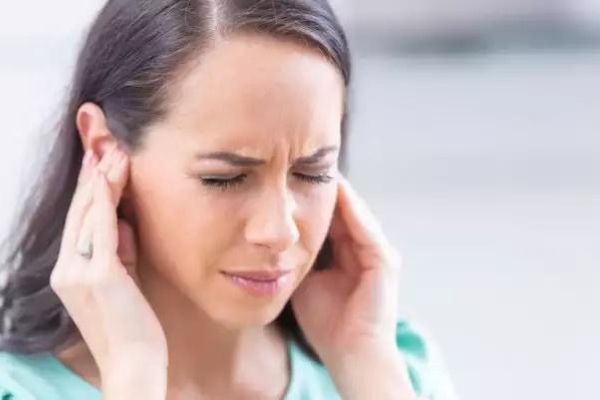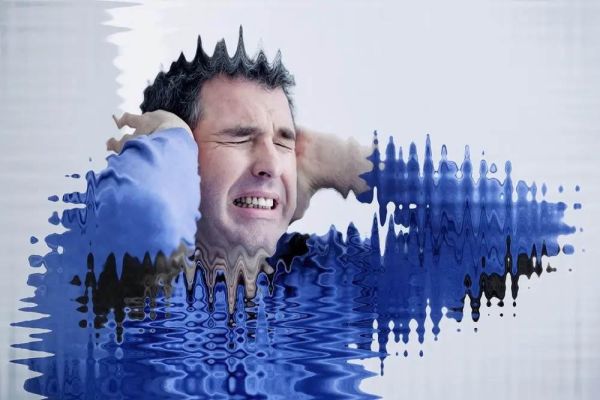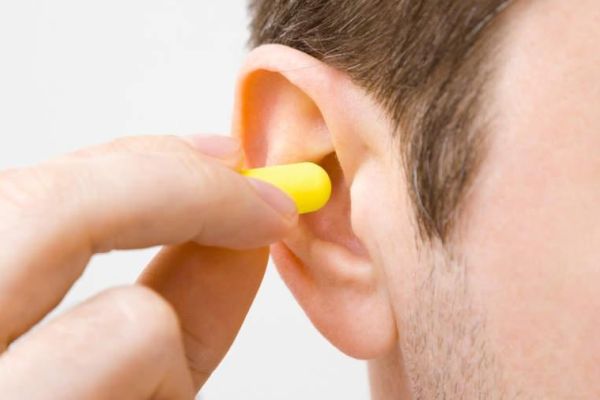Prevention of hearing disorders
Prevention is the best cure.
It sounds cliche but it is a key element for many of the ear conditions related to noise or music exposure.
It is important to check hearing first and then provide appropriate hearing protection
Counseling and the appropriate hearing protection is based on the level of hearing.

Important:
-
There is not only one type of hearing protectors / ear plugs.
-
In some ear disorders, earplugs are not the appropriate way to protect hearing.
-
Counselling for appropriate hearing protection must be individualized according to many factors depending on the occupation, hearing loss or associated pathologies
-
Many people use hearing protection after annoyance (symptom) has occurred without having previously any hearing test. It is important to have a hearing screening.
Children and hearing protection
The World Health Organization (WHO) is very sensitive of hearing protection issues.
It is estimated that:
-
12.5% of children and adolescents aged 6-19 years (about 5.2 million); and
-
17% of adults aged 20-69 years (about 26 million)
have suffered permanent damage to their hearing from excessive noise exposure.
The good news are that these percentages have dropped to 14% in recent years due to the introduction of hearing protection measures.
(Source: ΝΙΗ)
EAR PLUGS AND APPROPRIATE USE
Hearing protection is very important.
But there are a few rules that must be followed to get the best possible results
DON'T WAIT FOR THE FIRST SYMPTOMS TO APPEAR BEFORE TAKING PROTECTIVE MEASURES
The sooner the better
It is important and advisable to have a hearing test before using protective measures.
Consultation will provide you with appropriate instructions on both the type of earplugs and how to use them. In some cases some earplugs are completely unsuitable. The degree of hearing loss, the type of hearing disorder and the profession of the person who wants to use them are of great importance.
-
Always use earplugs with clean hands
-
Pull your ear with the opposite hand to the ear
-
Roll earplugs that have a flexible material (foam, silicone)
-
Insert the earplug into the external ear canal with gentle movements and be careful not to injure your ear
How to use ear plugs?

Ear plugs with special filters
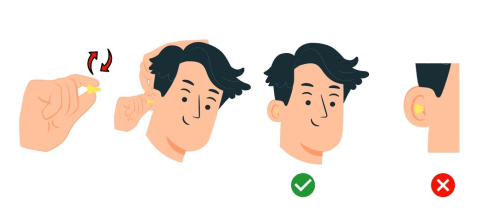
Foam or silicon ear plugs



